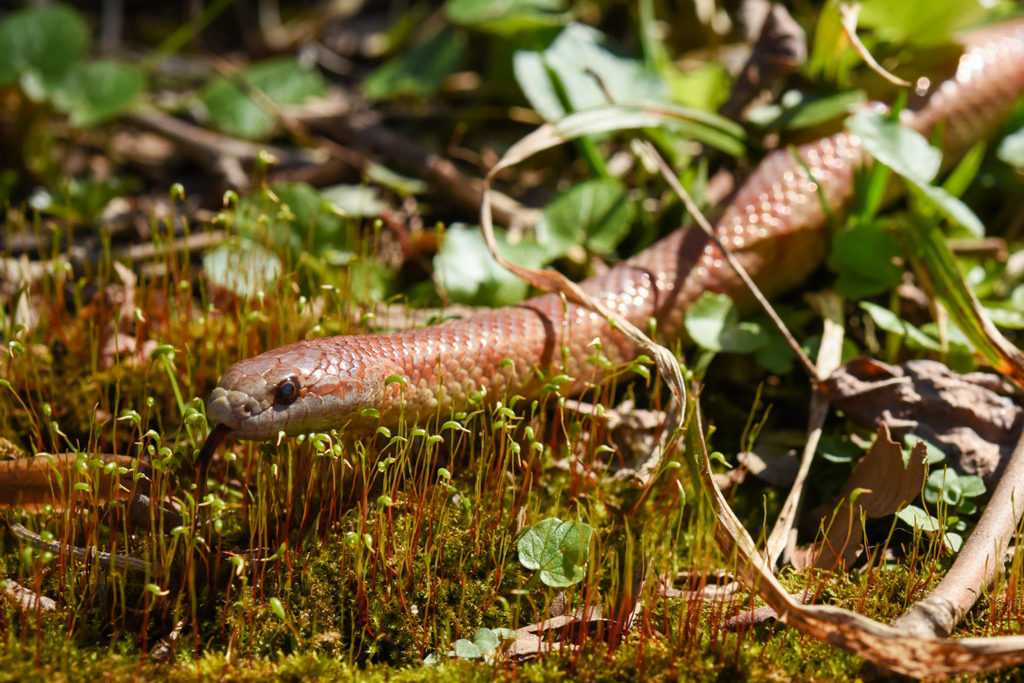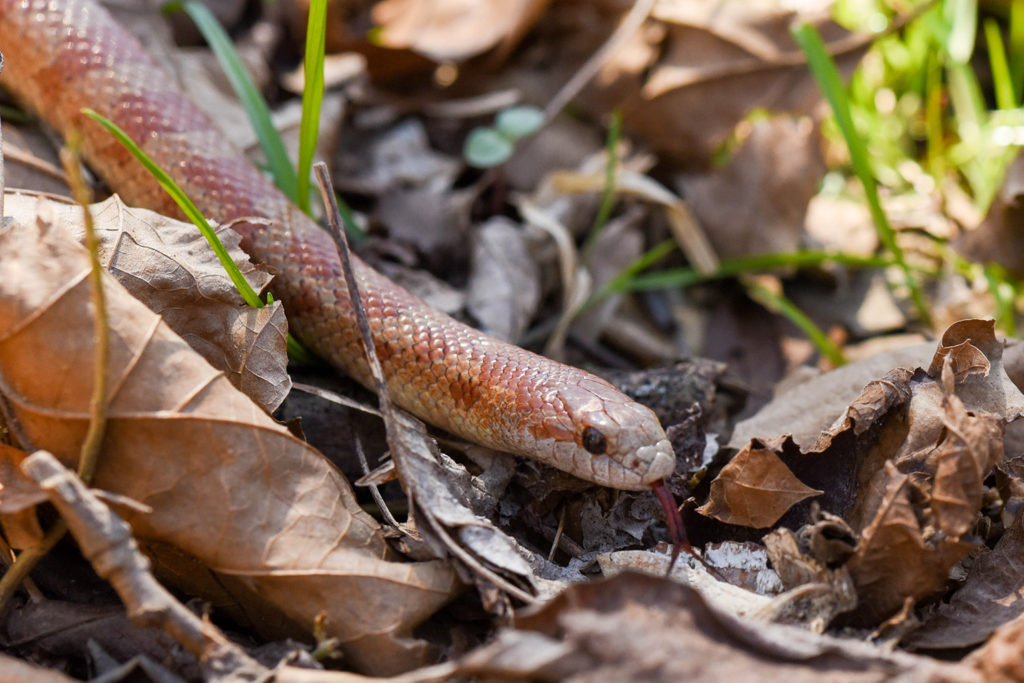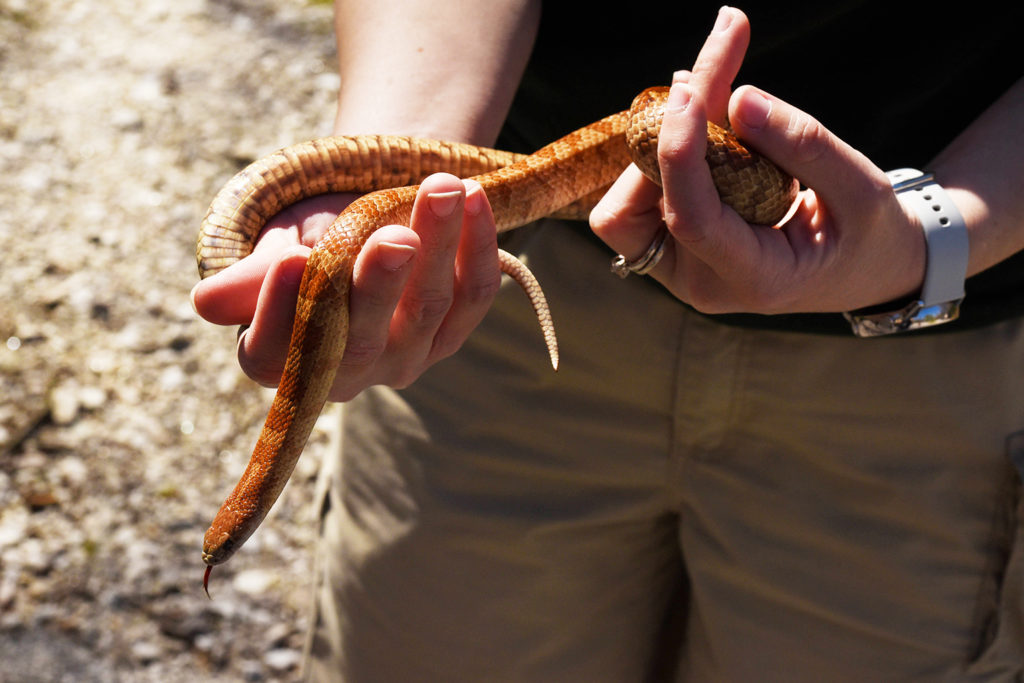Overview
“Where I live”
Mole kingsnakes live in the Mid-Atlantic and Southeast regions of the United States. They inhabit open woodlands, pine forests, and fields both abandoned and cultivated. These burrowing snakes are attracted to well-drained and sandy soil.
At the Maryland Zoo in Baltimore, visitors can see a mole kingsnake in the Tree exhibit of the Maryland Wilderness.
“How I live there”
Mole kingsnakes are rarely seen in the wild because they live underground and are most active at night. Because of their reclusiveness, their biology is not well known or studied. Mole kingsnakes are most often seen after heavy rains, crossing a road at night, or immediately after an agricultural field has been plowed. They are non-venomous constrictors that spend most of their time in shallow burrows, either self-made or borrowed. They prey primarily upon mice, lizards, and other snakes.
“Making my mark”
Mole kingsnakes belong to a wide-ranging group of snakes known as kingsnakes, all of which are native to the western hemisphere. The “king” in their name refers to their willingness to eat other snakes, even venomous ones.
Raising Young
Mole kingsnakes mate in late spring or early summer. Males are able to find females through pheromone trails. Females choose suitable nesting sites and deposit their clutches of 10 to 12 eggs, on average. After laying eggs, the females disperse and do not care for their offspring. Eggs hatch in late summer or early fall after an incubation period of about two months.
“What eats me”
Birds of prey, raccoons, and some other snakes may prey upon mole kingsnakes, but to what extent is really unknown.
Conservation
Although nobody can say with certainty, mole kingsnakes are thought to be relatively abundant. They are not listed as threatened or vulnerable in any of their native states. Because of their reclusiveness, they are relatively well protected from predation and from persecution by humans.
Taxonomy
- Kingdom: Animalia
- Phylum: Chordata
- Subphylum: Vertebrata
- Class: Reptila
- Order: Squamata
- Family: Colubridae
- Genera: Lampropeltis
- Species: calligaster rhombomaculata




